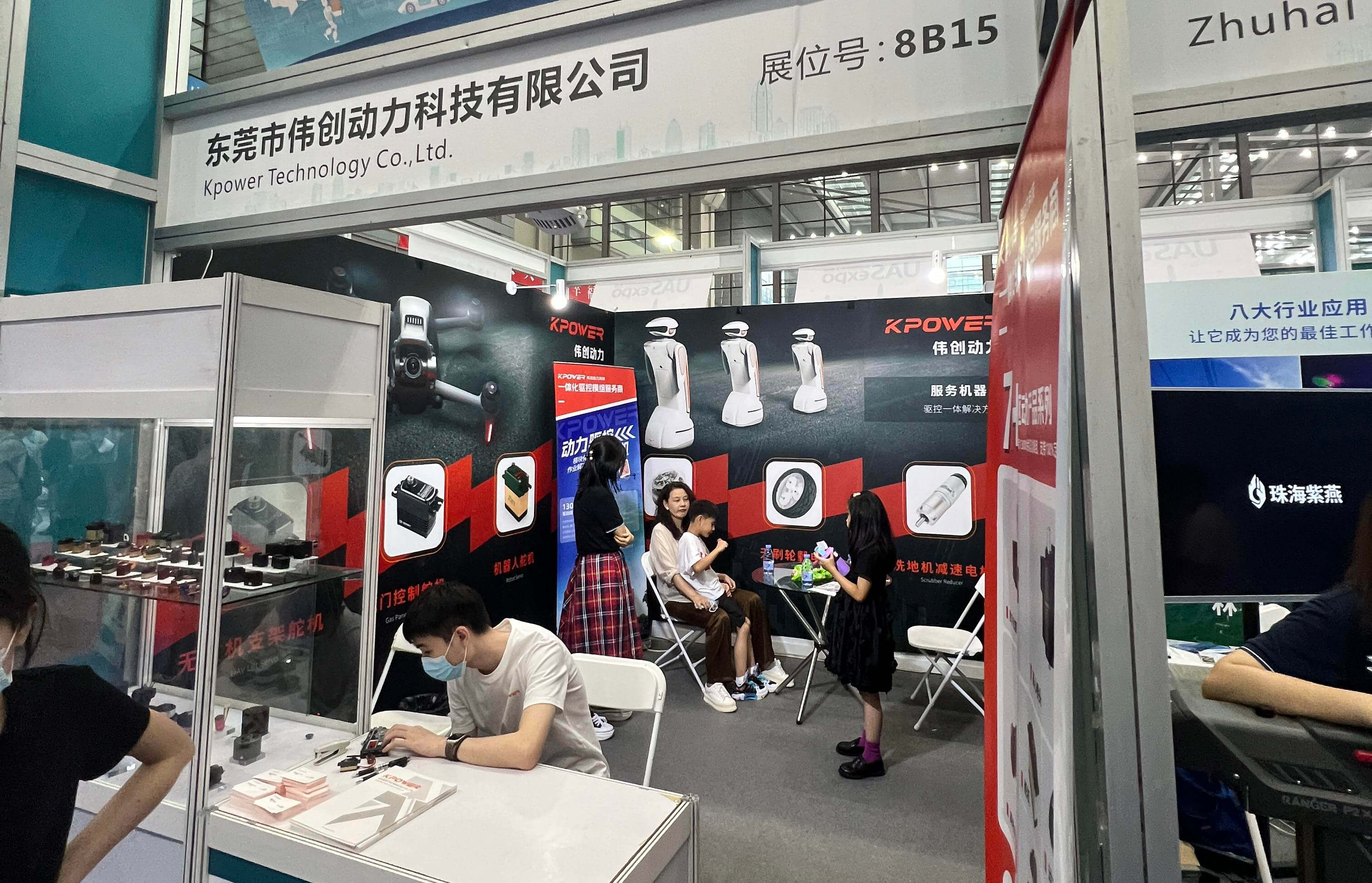Looking to crack the code of microservices in Java during interviews? You’re not alone. It’s one of those topics that feels like a mountain when you're preparing, but really, it’s just a collection of small hills—making up a bigger landscape of distributed systems.

Think about the last time you dove into a project where breaking down monoliths was necessary. Microservices aren’t just buzzwords; they’re a way to build resilient, scalable applications where each component can evolve independently. When interviewers ask about microservices in Java, they’re not just testing your memory—they want to see how well you grasp the nuances, how you prioritize loosely coupled design, and whether you understand the pitfalls like service discovery or data consistency.
Let’s peel back some layers. A typical question might be, “How do you manage communication between microservices?” Your answer should go beyond mentioning REST—think about message queues, asynchronous processing, and microservice orchestration. Maybe you’ve used Kafka or RabbitMQ in past projects. That’s the kind of detail that shows depth. When interviewers probe further, asking about handling failures or retries, talk about circuit breakers. Hystrix, Resilience4j—they’re your safety nets. And no, caching isn’t just for speeding things up; in a microservices environment, it can prevent cascading failures.
Questions around database choices also crop up. Do you want to use shared databases? Not a good idea. Each microservice should have its own data store—probably a NoSQL for fast reads or a relational database for transactional consistency. Remember, microservices champions often stress data isolation to reduce points of failure.
Now, a quick aside—why does this topic come up so often? Because microservices demand a specific mindset. Scalability isn’t just about throwing servers at something; it’s about understanding how services fit together, how they scale independently, and how to troubleshoot when things go sideways. For example, imagine a scenario where a payment service is slowing down during peak hours. How does your architecture handle this—auto-scaling? Load balancing? And what about security? Do you implement OAuth or API Gateway security layers? These are scenarios that might get tossed into the mix.
One question often asked: “What are the common pitfalls in microservices architecture?” It’s not just about technical flaws but mindsets too. Overcomplicating deployments, neglecting proper monitoring, or creating tightly coupled services—these trap many projects. Speaking from experience, keeping each service lightweight and avoiding the temptation to stuff them with unrelated functions saves loads of headaches down the line.
The truth is, understanding microservices in Java isn’t about memorizing a bunch of terms. It’s about having a real, working grasp of how different parts interact, where they might break, and how to adapt quickly. When you explain this to an interviewer, it should sound like a story—your story—full of real-world scenarios and lessons learned.
So next time someone tosses a question your way, be confident. Talk about how you’ve handled service discovery, balanced load, and maintained data integrity across origins. Emphasize how you’re not just ticking boxes but genuinely architecting scalable, resilient solutions. That’s what makes an impression. Because in the end, microservices are a journey—not just a buzzword.
Established in 2005, Kpower has been dedicated to a professional compact motion unit manufacturer, headquartered in Dongguan, Guangdong Province, China. Leveraging innovations in modular drive technology, Kpower integrates high-performance motors, precision reducers, and multi-protocol control systems to provide efficient and customized smart drive system solutions. Kpower has delivered professional drive system solutions to over 500 enterprise clients globally with products covering various fields such as Smart Home Systems, Automatic Electronics, Robotics, Precision Agriculture, Drones, and Industrial Automation.




































